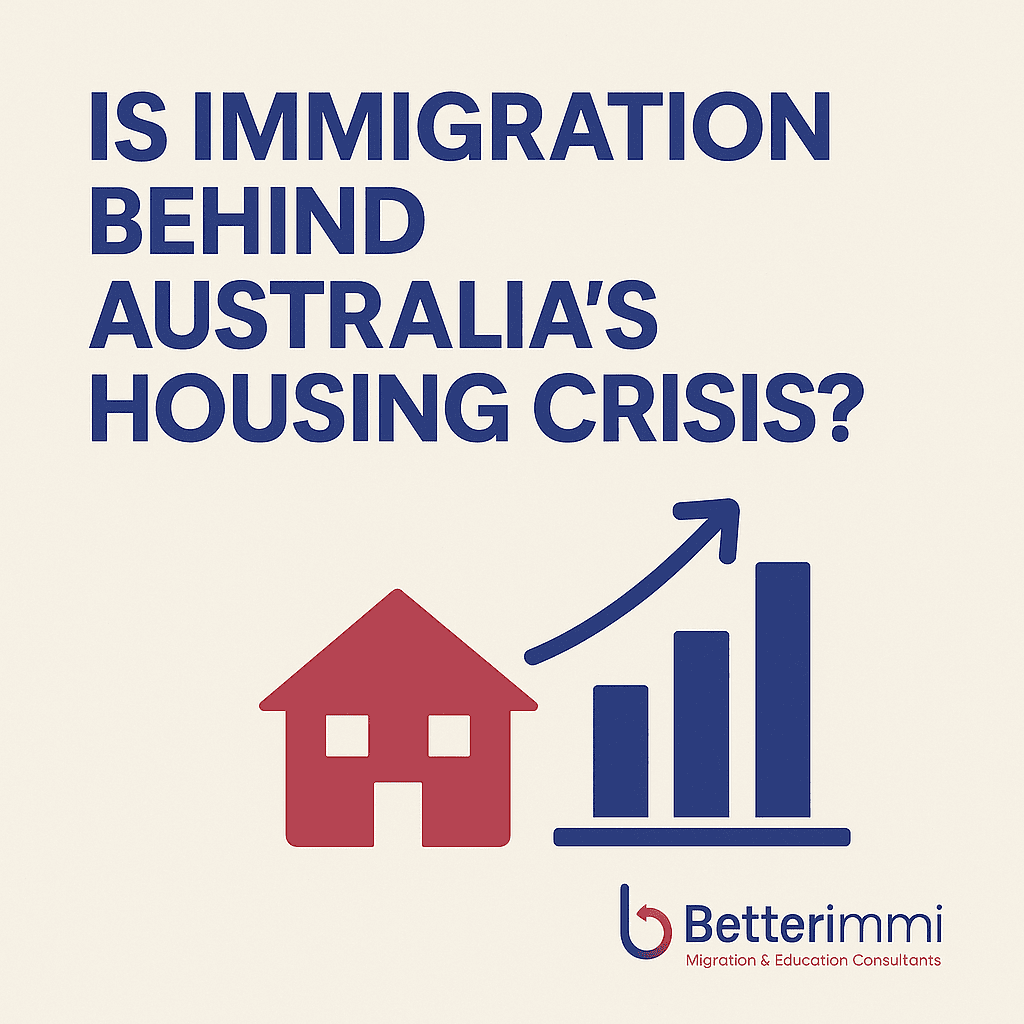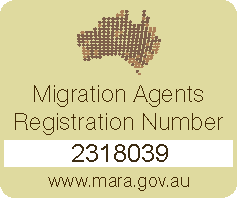
Introduction
The Australian housing crisis has long been a hot topic, with many pointing to immigration as the main culprit behind skyrocketing house prices. But is this really the full story? Data from the COVID-19 period (2020-2021), when international borders were shut and immigration hit historic lows, tells a different tale. In this blog post, we’ll dive into a timeline of housing price increases during the COVID-19 era, explore the impact of low immigration, and use hard evidence to debunk the myth that immigration alone drives the housing crisis in Australia. Let’s set the record straight with facts, figures, and a clear visual breakdown!
Timeline of Housing Price Increases During COVID-19
March 2020 to September 2021: A 20% Surge
What Happened? Australian house prices jumped by about 20% over these 18 months, even as the country grappled with a global pandemic.
Immigration Context: Net overseas migration saw its biggest-ever drop, with over 100,000 more people leaving than arriving, thanks to strict border closures (The Australia Institute).
Why the Rise? Low interest rates, government incentives like the HomeBuilder scheme, and a shift in buyer preferences toward regional areas fueled this unexpected boom. Places like Gympie, Queensland, and Byron Bay, New South Wales, saw prices soar by over 60% (ABC News).
March 2020 to 2025: A 38.4% National Increase
National Snapshot: By 2025, national home values had climbed 38.4% since the start of the pandemic. Regional areas outpaced capital cities with a massive 56.3% rise, while urban centers saw a still-impressive 33.6% increase (ABC News).
City Highlights:
Perth: Median house prices shot up by $348,519, making it a standout performer.
Brisbane: A 68.7% increase pushed median values up by $364,305.
Adelaide: Prices rose by 67%, reflecting strong demand.
Melbourne: Growth lagged at 8.4%, impacted by long lockdowns and outward migration.
Rental Market: Rents weren’t spared either—nationally, they rose 36.1% since March 2020, with Perth leading at a whopping 63.9% increase (ABC News).
The Impact of Low Immigration on Housing Prices
The COVID-19 period acts like a real-world experiment, showing what happens when immigration slows to a trickle. Here’s what the data reveals:
No Price Relief: Despite the migration slump from 2020 to 2021, housing affordability didn’t improve—prices still surged by 20%. This suggests immigration isn’t the sole driver of the housing crisis (The Australia Institute).
Expert Insights: Professor Posso from the Australian Institute of International Affairs argues that even cutting immigration (e.g., from 190,000 to 185,000 net arrivals) wouldn’t cool prices significantly. Prices rose during border closures, proving other forces were at play (Australian Institute of International Affairs).
Real Culprits: Experts highlight supply constraints—think slow construction rates, restrictive zoning laws, and tax perks like negative gearing—as bigger contributors. Boosting housing supply (e.g., releasing unused land or building near transport hubs) could do more than tweaking immigration numbers.
Economic Risks: Slashing immigration might only dent prices slightly while hurting the economy by reducing skilled workers and tax revenue (BBC News).
Debunking the Myth with Data
The idea that immigration is the root of Australia’s housing crisis doesn’t hold up when you look at the COVID-19 years. Prices climbed 20% from March 2020 to September 2021 with virtually no immigration, and by 2025, they were up 38.4% nationally. Clearly, domestic demand, low interest rates, and supply shortages were the heavy hitters—not new arrivals.
A Visual Breakdown
Here’s a quick table summarising the trend:
Period | House Price Increase | Net Overseas Migration | Key Drivers |
|---|---|---|---|
Mar 2020 - Sep 2021 | +20% | -100,000 (net outflow) | Low rates, stimulus, regional shift |
Mar 2020 - 2025 | +38.4% (national) | Low initially, later rose | Supply issues, domestic demand |
For a deeper dive, check out the charts from ABC News. They map out the 38.4% rise in home values since 2020, breaking it down by region and city—visual proof that the housing market marched on, with or without immigration.
Conclusion
The Australian housing crisis isn’t as simple as “blame the immigrants.” From 2020 to 2021, prices rose 20% despite a migration exodus, and by 2025, they’d jumped 38.4% since the pandemic began. Low interest rates, government stimulus, and chronic supply shortages—not immigration—drove this surge. For us at Better Immi, this data is a goldmine for sparking informed chats on social media. Share these stats, tag us, and let’s shift the focus to real solutions like building more homes. The evidence is clear: immigration’s just one piece of a much bigger puzzle.
References:
 .
. 
